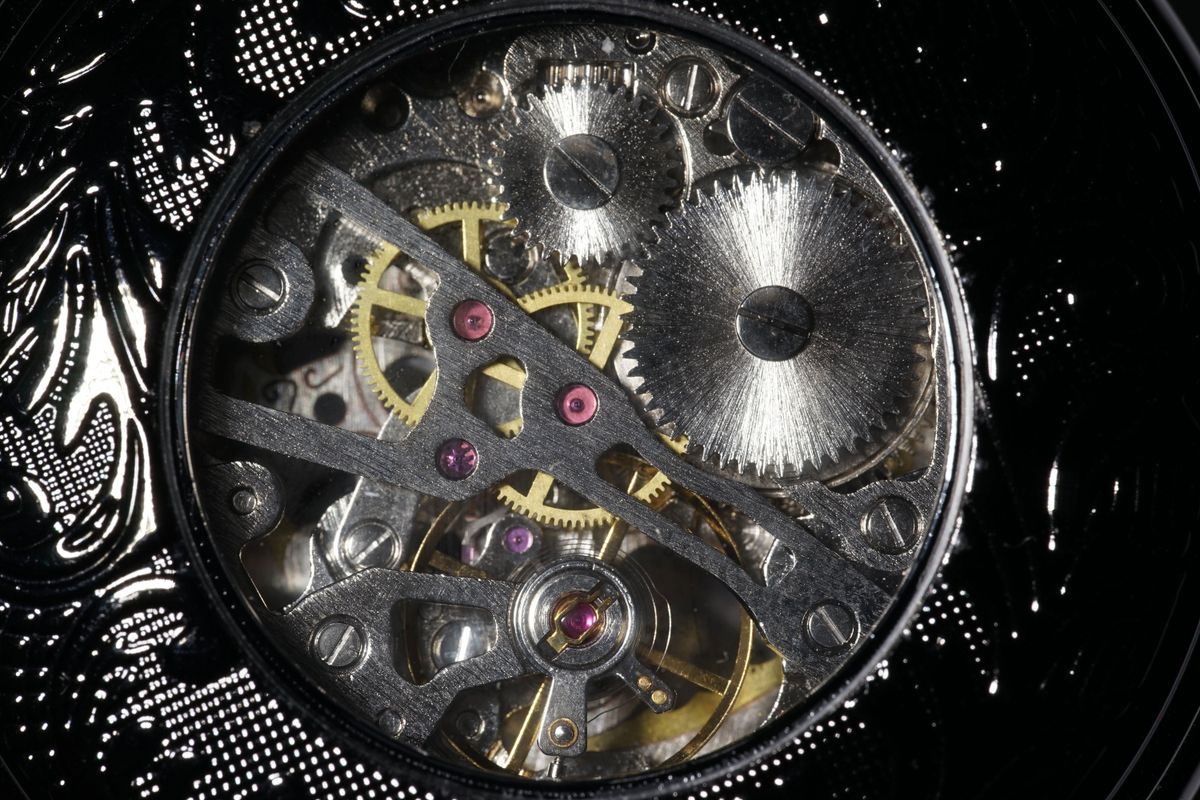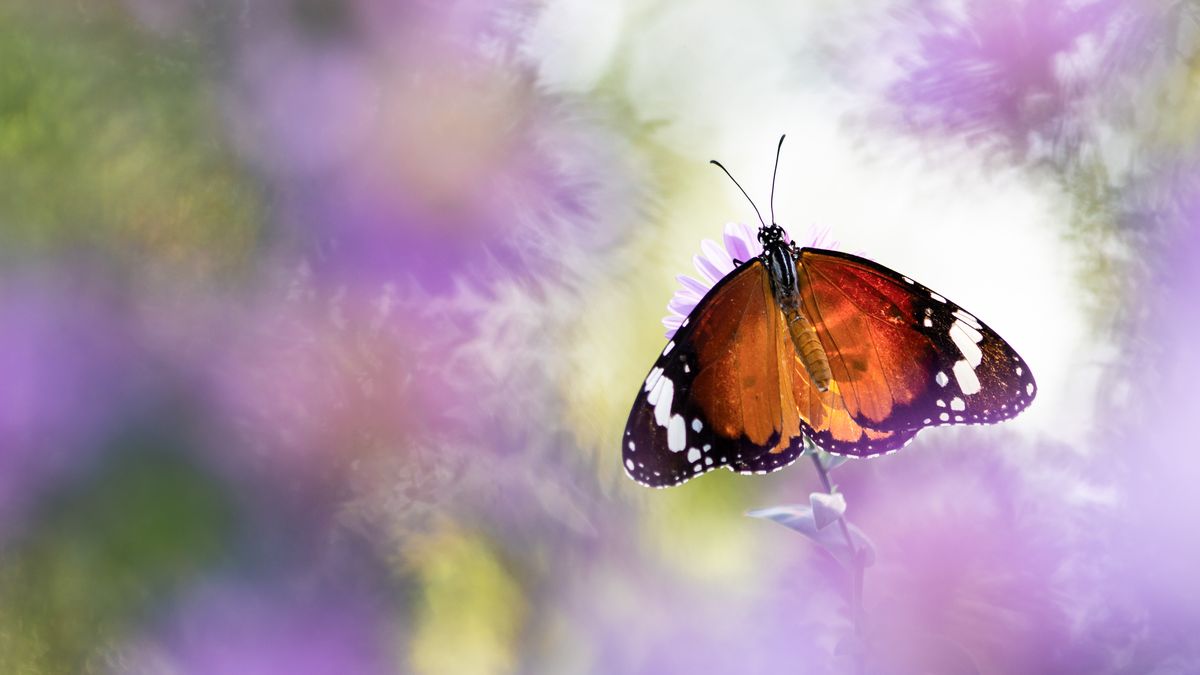Introduction
Macro photography is a fascinating area of the medium. It has the power to reveal details we would never have known were there had we not looked closer, through a macro lens. This applies even to mundane household objects – the type we walk past every day without a second glance, and would certainly not have considered worthy of image material.
With the extreme close-up compositions of macro photography however comes some niche challenges we need to understand and overcome. From mastering focus to dealing with camera shake and dealing with distracting backgrounds, it is essential that we know how the photo workflow can differ from the usual, when working at extreme magnifications.
Here we have put together a rundown of some quick tips which have the power to transform your macro images right off the bat, enabling you to capture sharper, more consistently useable images.







